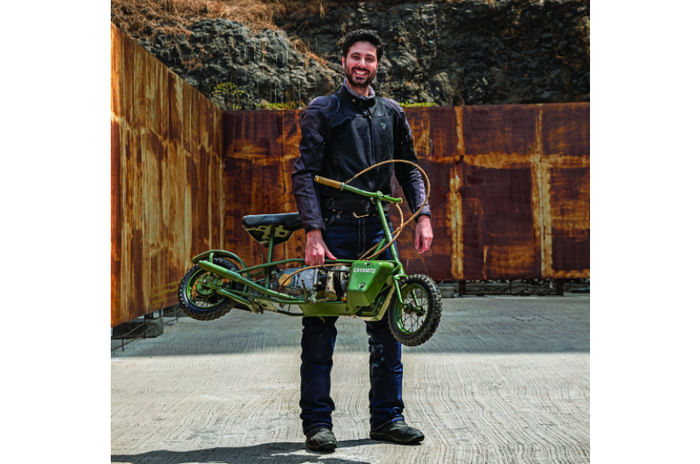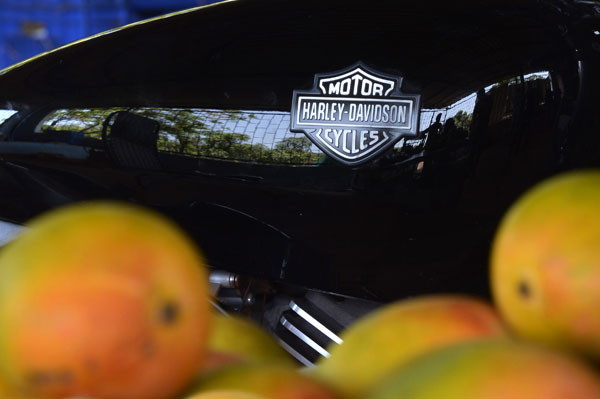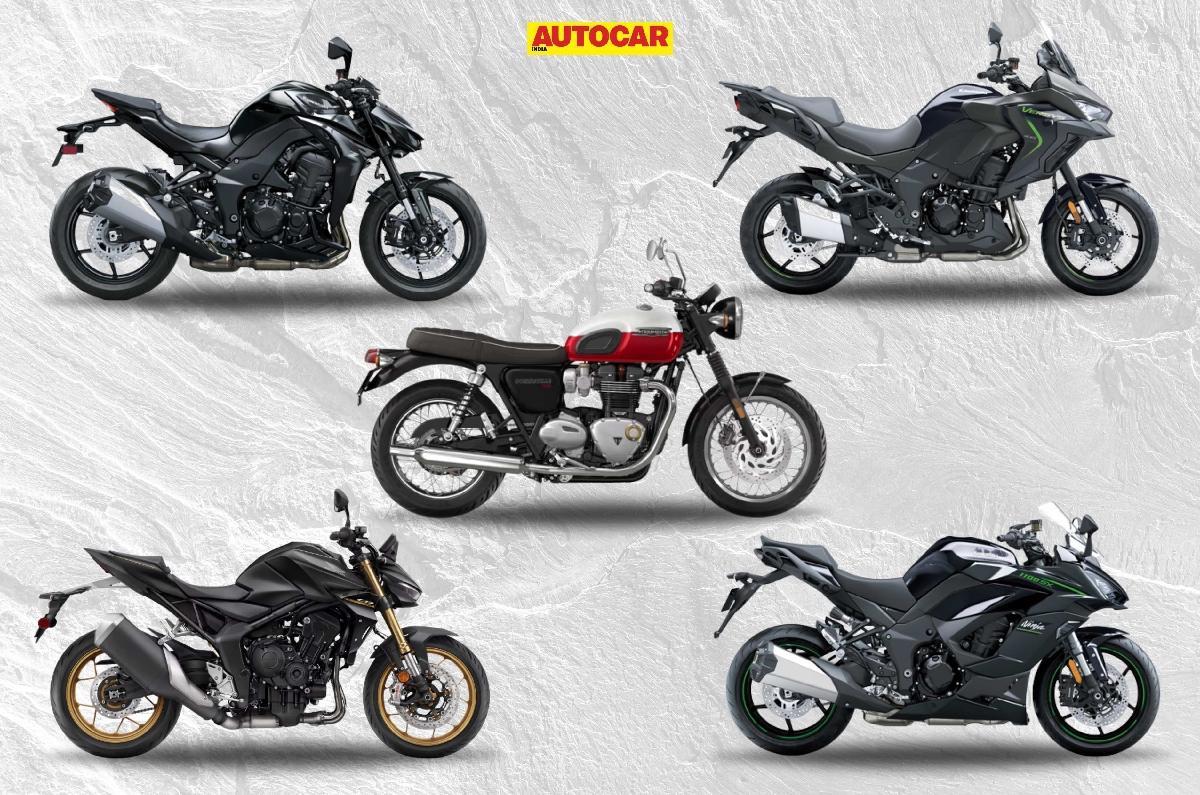Motorcycles played a significant role in World War II, with the badges of BSA, BMW, Harley-Davidson, NSU, Triumph, Zundapp and others having seen action during those terrible years. But there was perhaps no motorcycle of war that was more quirky, unique and ultimately ill-suited to the job than the tiny and adorably cute machine you see here. It was called the Welbike and it was born with the intention of being para dropped into the battlefield to enable faster on-ground movement for the soldiers.
Origin story
The idea was to design a motorcycle that could fit in the standardised CLE (Container Light Equipment) canisters that were used to air-drop supplies to the troops. That meant that the Welbike had to be designed to fit in a canister that was less than six feet long and just about a foot and a half in diameter – now you know why it looks the way it does.

The prototype was developed at a secretive British Special Operatives facility known as Station IX, which was situated in the town of Welwyn. Most of the creations that came out of Station IX had Wel in their name; so just as there was the Welgun submachine gun, this was named the Welbike.
A Villiers Junior DeLuxe 98cc two-stroke engine was used in the prototype because its horizontal cylinder design was perfect for the job. Since size and weight were of absolute importance, the bike had no suspension, no front brake and the handlebar and seat were designed to be collapsible to fit in the CLE container. Once the design was finalised, the prototype was extensively drop tested in its container to be sure that it could survive the vertical journey from airplane to battlefield.
The result was a 35-odd kilo prototype with a 3.7-litre fuel tank, a tubular steel chassis and a 1.5hp engine with a single speed transmission. Further development and production duties were then handed over to British motorcycle company Excelsior (not to be confused with the American company that went by the same name). Less than 4,000 Welbikes were made in total from 1942 to 1943 and they were produced in three generations, each with incremental improvements.
War games
A quick Google search will tell you that the Welbike saw duty in some of the greatest military ops towards the end of WW2, including Operation Market Garden and Operation Overlord. But a deeper dive will reveal that this little war-machine was not as successful as intended. The problems were multifold. While the Welbike was designed to be assembled and rideable in under 15 seconds of removing it from the capsule, a common problem was that the capsules and personnel often landed quite far from each other, which could put the soldiers in vulnerable positions.

The bigger issue was that the Welbike with its small wheels and tiny power was easily overwhelmed in tough off-road situations.
The wheels would cake with mud easily, and while the claimed top speed was 45kph, I imagine that was on smooth tarmac, something you’d be hard pressed to find in a WW2 battlefield. Ultimately, legend has it that only a fraction of the Welbikes made actually saw action, and of those, many were abandoned on the field.
This was around the time when improving technology also meant that larger and more capable motorcycles (like the famous Royal Enfield Flying Flea) could be dropped into the field. Thanks to all these factors, the armed forces eventually decided that these machines would be better off as personnel transport options in airfields where their humble performance and limited range would be less of an issue.
Having ridden this particular Welbike, I struggle to fathom what it was like for the soldiers who used them in active battlefields. Given its historical value and that it’s now about 80-years-old, I rode it very gingerly and for as brief an amount of time as possible. But it was enough to tell that this wouldn’t have been an easy thing to ride, especially for larger sized soldiers. Beyond just fitting on it, the instability of its tiny wheels is magnified by a serious lack of power. On the upside, you’ll be grateful that it’s not quick when you discover the almost non-existent braking force from the tiny, foot operated rear drum.
Other challenges present themselves in the lack of a kick-start, so you have to do a running start and dump the little thumb operated clutch lever to bring the motor to life. Another oddity is that because the fuel tank is mounted at the same height as the carburettor, you also have to periodically use a hand pump to pressurise the tank so that petrol continues to flow to the carb.
The unknown story
There are numerous Welbike replicas out there today, but the current owner Hakim Rawat tells us that he was able to establish that this was one of the originals by discovering the chassis number stamped into the frame. The exact unit number of the bike (painted on the side) is unknown, but Rawat was able to identify the accurate first five characters with help from the Welbike archives in the UK. He chose his lucky number for the last two.

Can you imagine the spectacles this wondrous little contraption has seen in its lifetime? Obviously, its life began in wartime Britain, but where it served duty remains unknown. What’s an even greater mystery, though, is how it got to India. Rawat purchased it from the previous owner in 2016, but the last known record of this bike in India is when it was discovered by a priest in a Pune graveyard in the 1970s.
India played a big role in the British war efforts in WW2 and one can only assume the bike came down here as part of an airborne contingent. What happened to it in the near 30 years after independence, since it was re-discovered, is a mystery that hopefully will be solved someday.
The motorcycle was recently restored and its latest owner replaced most of the non-original parts it had with authentic components. As of today, the original tyres and seat cover still need to be sourced, but the rest is quite period correct. One interesting element on this particular bike is that it has a main stand, something rarely seen on Welbikes. Those that had it were used to run a small portable power generation unit that was connected to the flywheel via a chain drive system.

The welbike lives on
After the war, the Welbike was transformed into a road legal two-wheeler with a top-mounted fuel tank and a front brake. In England, the vehicle was named the Corgi while it was rebadged to the Indian Papoose in America – yep that Indian, and it even wore the same iconic deep red paint. Both bikes weren’t success stories though, and that was primarily for the same reason as the Welbike – the performance just wasn’t enough.
The Welbike’s tale draws to a close with the deaths of its road-going counterparts, but the story doesn’t fully end there. There’s a company in England making faithful replicas with the Villiers engine, and you can have one for about the cost of a new Royal Enfield Himalayan in the same market.
Welbike historians also like seeing that the Honda Z series of Monkey bikes have taken influence from this cute little war machine. Whether true or not, the similarities are apparent, be it in the original Monkey’s lack of suspension, or even in the shape and folding design of the funky Honda Motocompo – although that came decades later in the early 1980s.
For me, the Welbike’s story and my memories of the day spent with it come flooding back every time I spot one of those little electric Yulu bikes silently gliding down a busy big city street. After all, they’re simple, slow and cheerful – a formula that has evidently been around for a much longer time than most of us would imagine.































